“For a small island, Scattery Island has quite a range of habitats, that includes salt marsh, coastal gravel banks, grassland, and scrub. These habitats support a variety of plants, birds and animals. While what follows is not an exhaustive list of species, I hope that it may be enough to whet your appetite and fire your imagination.”
by Ruth Marshall
The Plants of Scattery Island
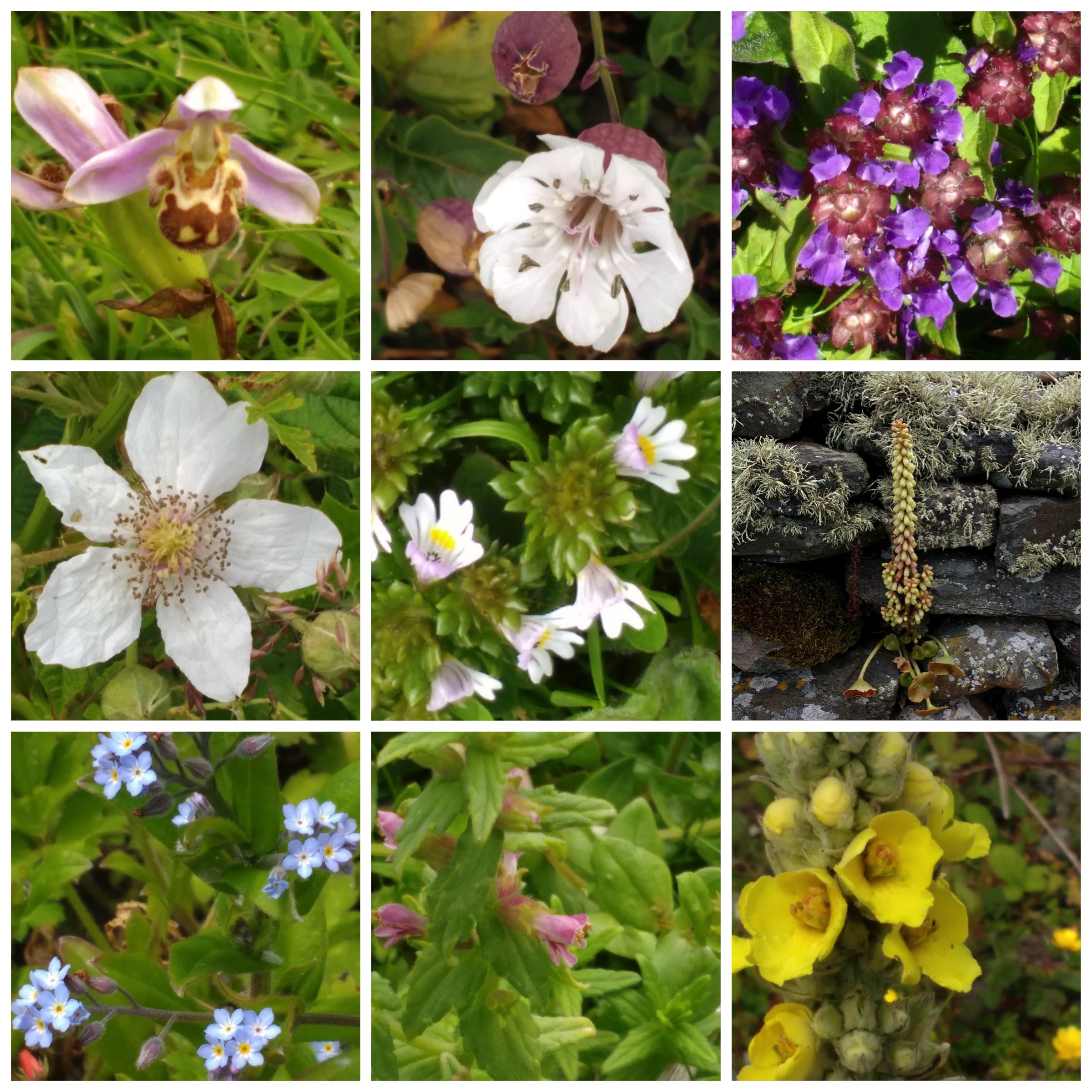
As most visitors to the island come in the summer months (late May to late September), they will see many of the wild flowers while they are in bloom.
In late May, Primroses will still be flowering, Elderflowers fill the air with their distinctive lemon-sherbet scent, and there may still be blossom on the Hawthorn.
Scarlet Pimpernel, Selfheal, Dove’s-foot Cranesbill, grow low to the ground on the grassy pathways. In early summer, the path up to Ard na nAingeal is strewn with Daisies, like the green road to fairyland, and the field behind the cathedral is filled with Yellow Flag Iris.
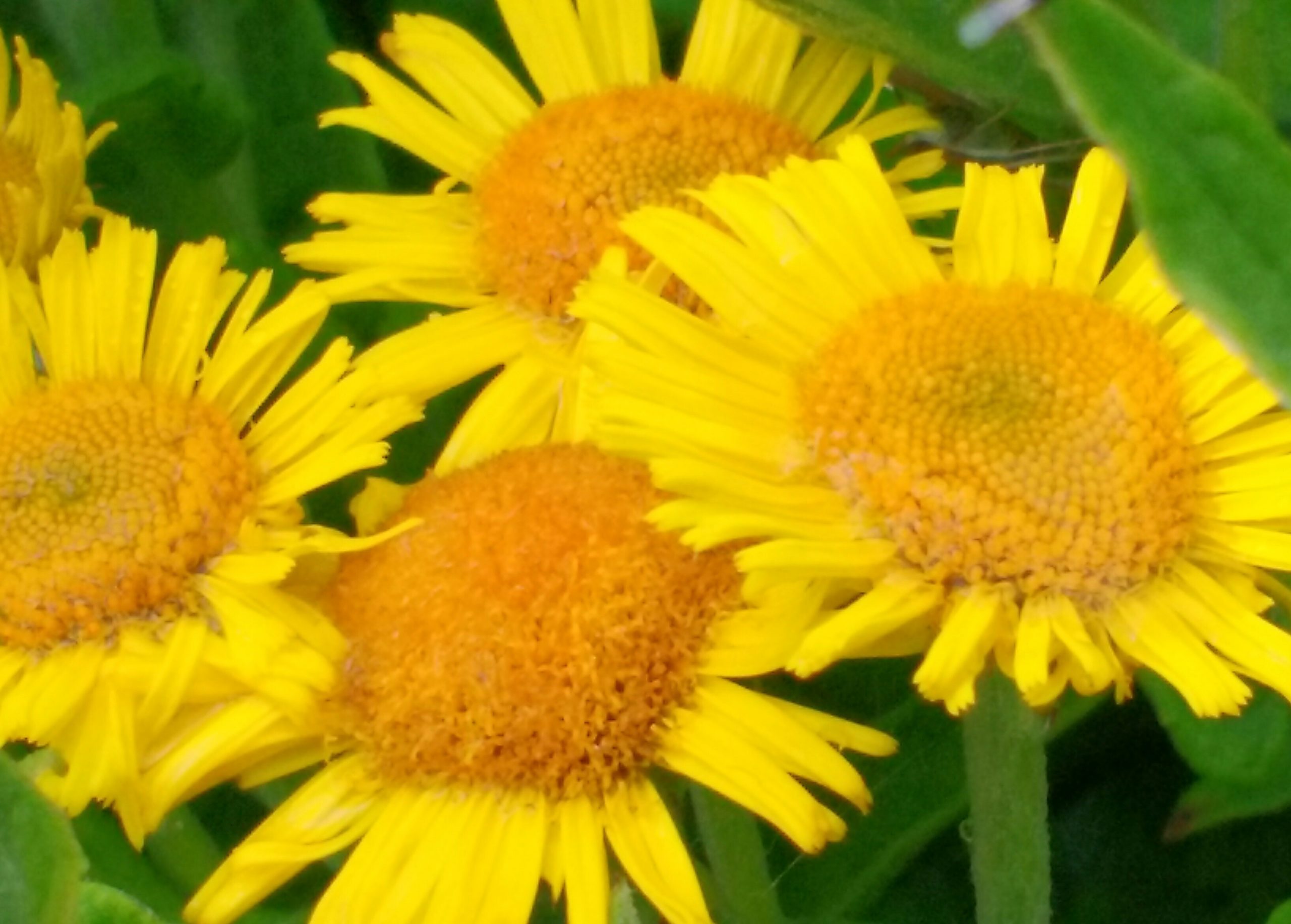
As summer moves on, you can find Square-stemmed St John’s Wort, Fumitary, Bittersweet, Meadowsweet, Knapweed, Common Centaury, Common Fleabane, Prickly Sow Thistle, Spear Thistle, Creeping Thistle, Lesser Burdock, Marsh Woundwort and Purple Loosestrife. The Western Marsh Orchid makes an appearance, as does the Bee Orchid.
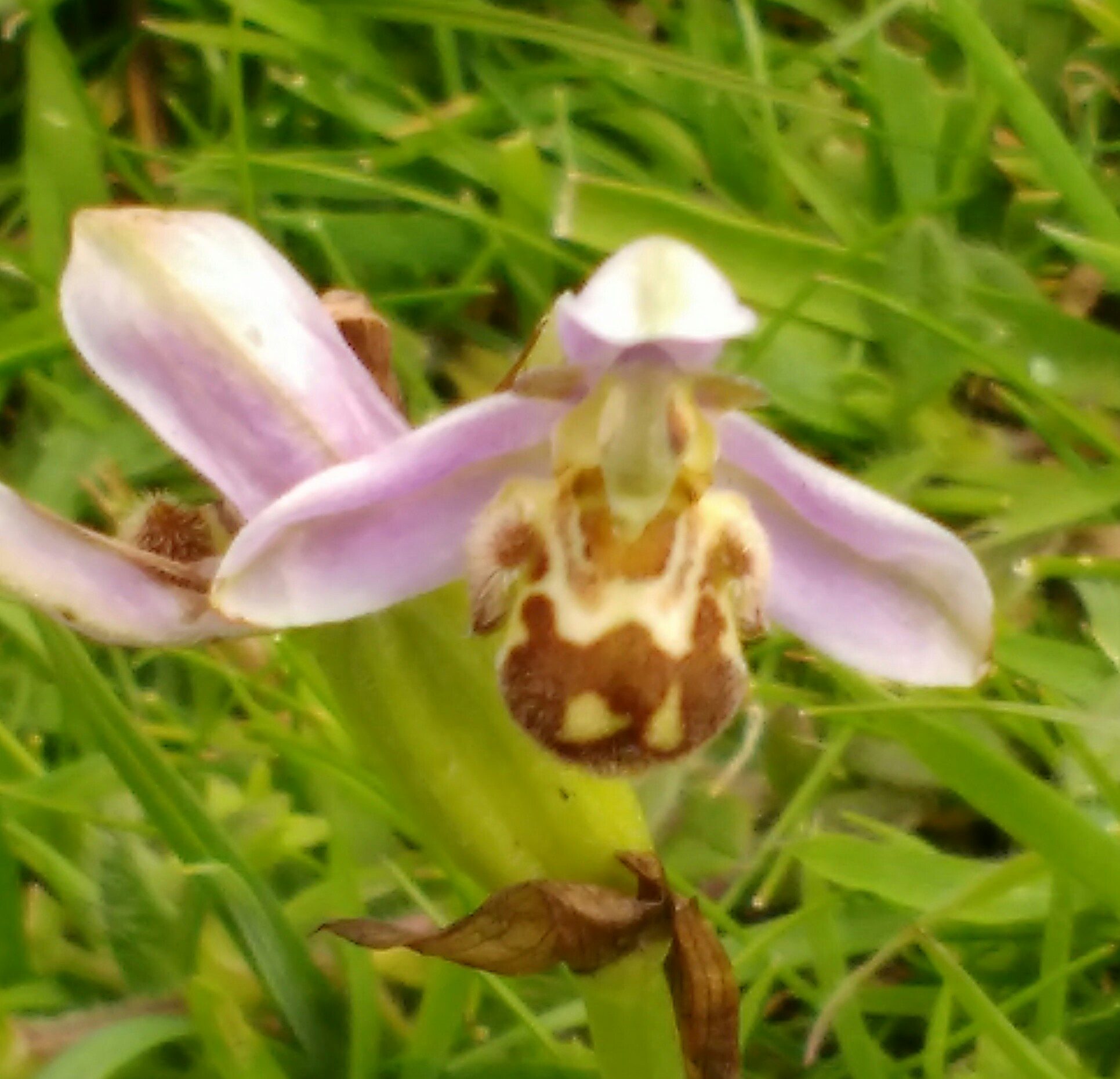
Edging the saltmarsh areas and lagoon, you will find Glasswort, Sea Milkwort, Greater Sea Spurrey, Common Cordgrass, Thrift, Laxe Sea Lavander, and later in the summer, Sea Aster.
Along gravel banks above the shore grow Sea Campion, Sea Mayweed, Sea Beet, Spear-leaved Orache, Teasel and Ragwort (the flowers provide a host for the Cinnabar Moth). In one or two places you may find the Yellow Horned Poppy with its long green seed pods.
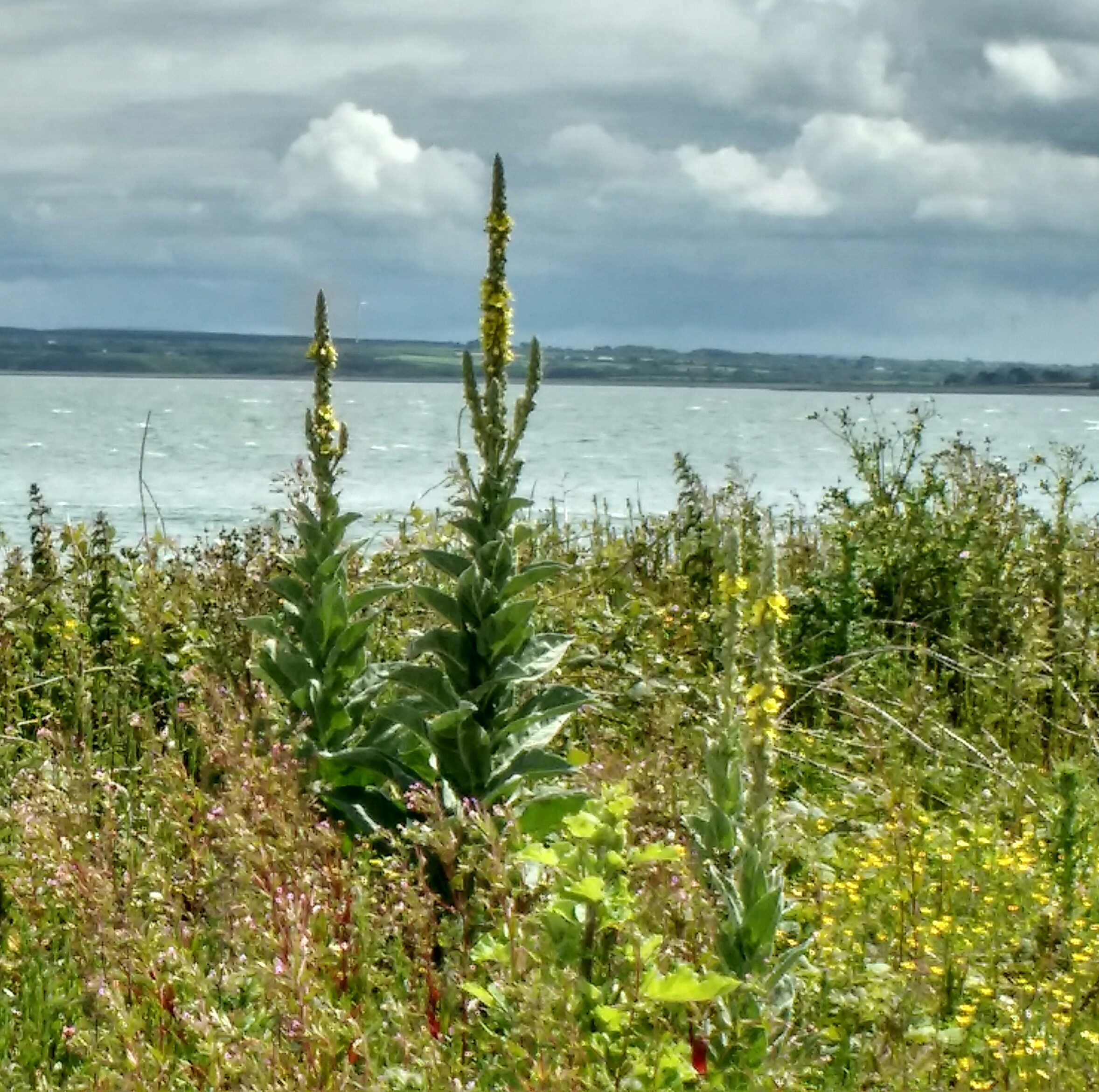
Seaweeds include Sea lettuce, Carageen and Laminaria.
Near the Lighthouse Keeper’s cottage are a number of garden escapees, including Great Mullein, but also Thyme, Eyebright, Red Fescue.
Towards the end of the summer, you will find plentiful Blackberries, Haws and Elderberries, and a few Sloes.
Animals and Birds
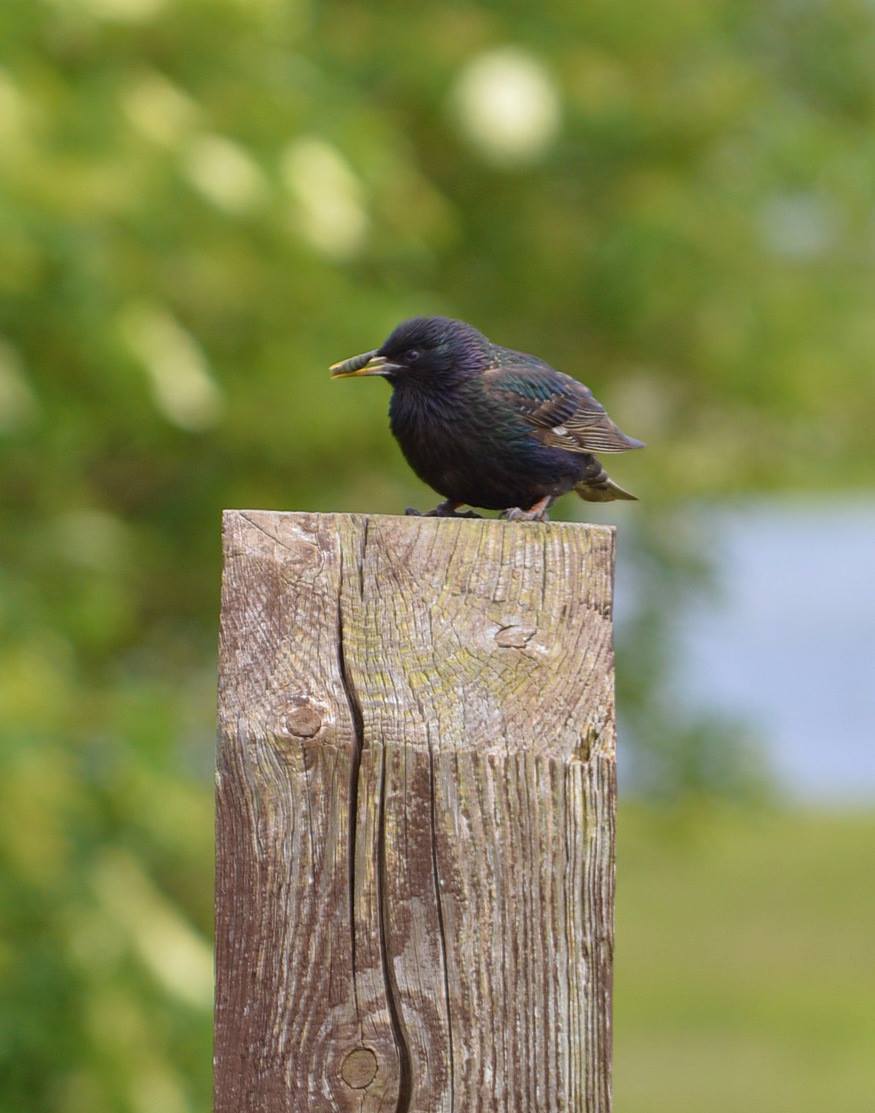
There are not many land-based animals on the island: no foxes or badgers. The island has had a large Rabbit population. (Although numbers fell due to RHD2 virus in 2019, 2020 saw the Rabbit population begin to recover.)
There are Otters, and while you are unlikely to see one, you may see the crab claws they leave behind them. Rats, Shrews, and recently, evidence of Mink has been found. Both Common Seal and Grey Seal are occasionally seen on rocks or in the water.
Amongst the many species of small farmland birds on the island in summer are Song Thrush, Stonechat, Robin, Wren, Meadow Pipit, Starling, House Martin. Larger birds include Raven, Hooded Crow, and the red-legged Chough.
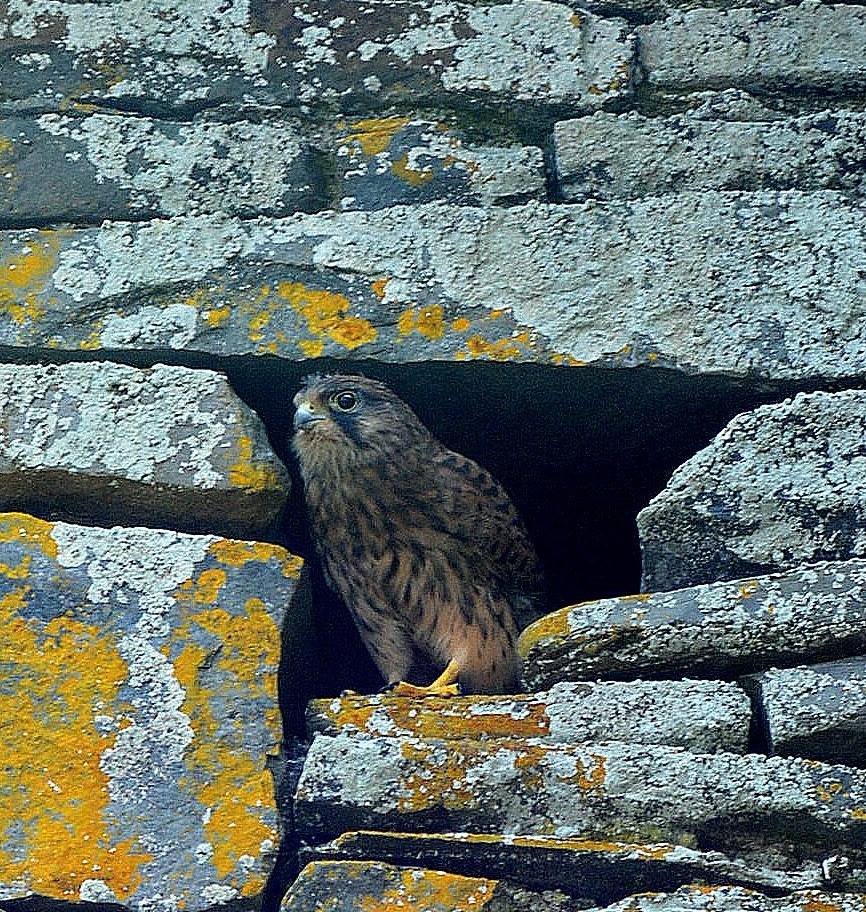
Birds of prey include Kestrel, who often nest in the Cathedral, and Hen Harrier. Hen Harriers, a protected species, have been nesting successfully here for the last few years. The island’s scrub growth is not their usual habitat, but as ground-nesting birds, the absence of land-based predators makes the island a safe space for them. In early summer they can be seen in a wonderful arial display known as “sky-dancing”.
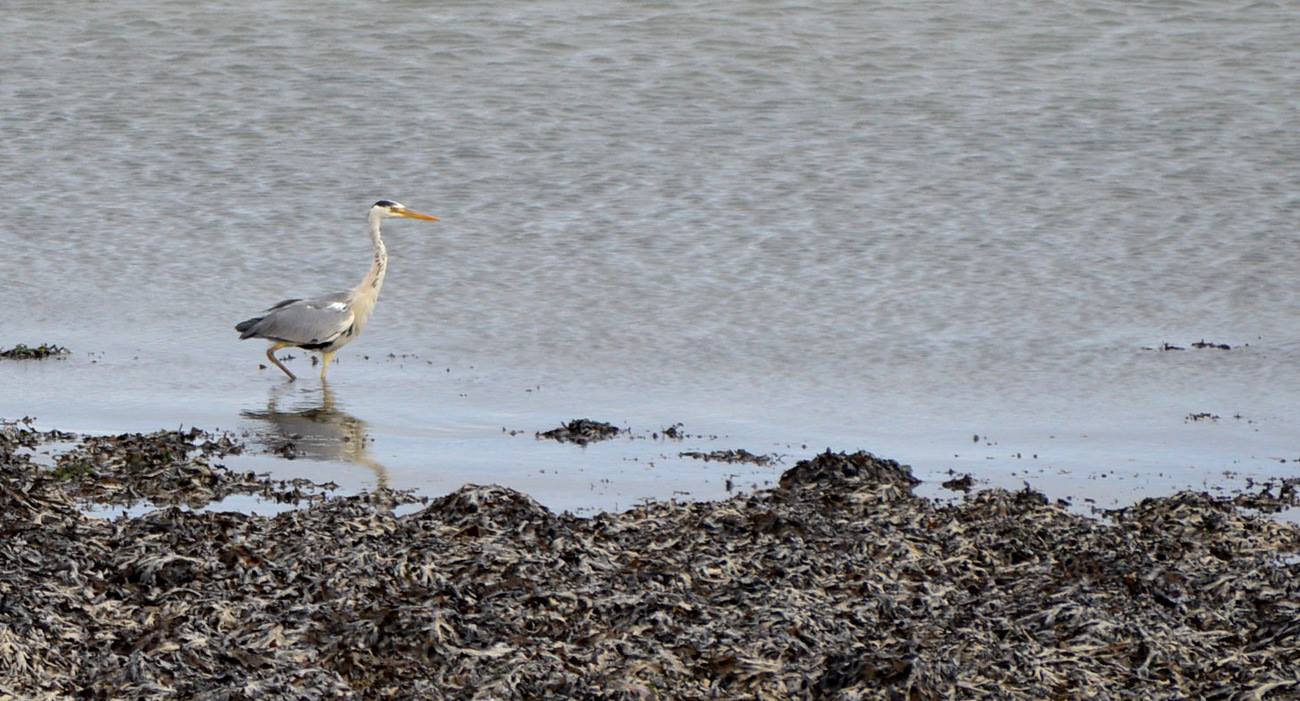
In watery areas, you might see Shelduck, Teal, Curlew, and on the shore, Shag, Herring Gull and Black-headed Gull. Heron and Little Egret may also be seen.
Insects
Red Admiral, Peacock, Painted Lady, Meadow Brown, Large White, Orange-tip, Small Tortoiseshell and Green-veined White butterflies have been seen, as have Elephant Hawk Moth caterpillars.
In late summer you can enjoy the sight of many butterflies, bees and other insects enjoying the Ivy flowers that grow on the stone walls that line the pathways past the Cathedral and Round Tower.
 Please remember to respect and protect the island’s biodiversity: do NOT pick or uproot wild plants; do not disturb nesting birds; take all picnic wrappers and plastic bottles home with you.
Please remember to respect and protect the island’s biodiversity: do NOT pick or uproot wild plants; do not disturb nesting birds; take all picnic wrappers and plastic bottles home with you.
Ruth Marshall is a storyteller, poet, tutor and facilitator, who has spent many summers working as an OPW Guide on Scattery Island.

